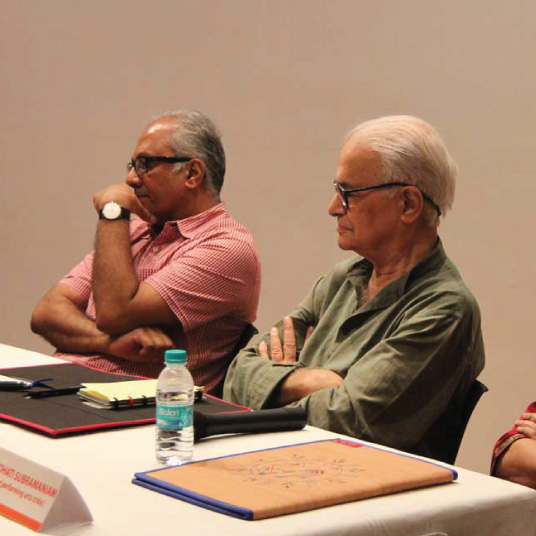
In this session, contemporary artists of various aesthetic positions and generations (abstractionists among them) addressed the question of whether abstraction continues to be relevant as an artistic choice and an aesthetic strategy; what place it has in idioms that are not primarily premised on abstraction; and how it can be expanded or modified in view of changing circumstances in the domain of culture.
Participants: Arundhati Subramaniam (dancer and poet) | Atul Dodiya (artist) | Bharati Kapadia (artist) | Gieve Patel (artist and poet) | Mehlli Gobhai (artist) | Sudhir Patwardhan (artist)
Moderator: Mortimer Chatterjee (art historian and gallerist)
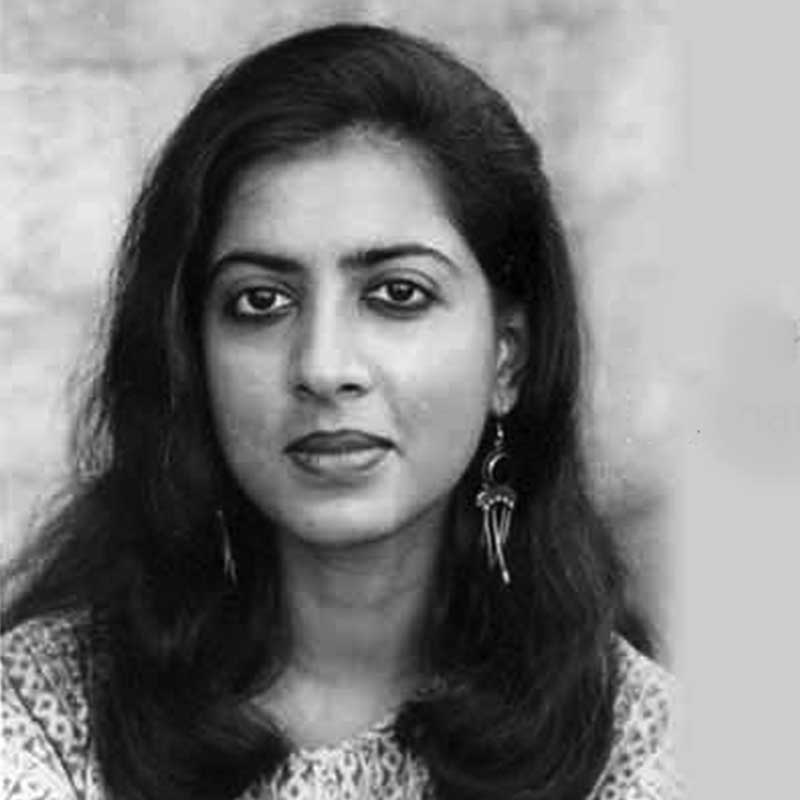
Arundhathi Subramaniam is an award-winning poet, editor, curator and journalist writing on theatre, literature, culture and classical dance. She is the author of four books of poetry, most recently ‘When God is a Traveller’ in 2014. Her prose works include the bestselling biography of a contemporary mystic ‘Sadhguru: More Than a Life’ and ‘The Book of Buddha.’
Her poetry has been published in various international journals and anthologies, including ‘Reasons for Belonging: Fourteen Contemporary Poets’, ‘We Speak in Changing Languages’ and ‘Sixty Indian Poets’. Her work has been translated into Hindi, Tamil, Italian and Spanish.
Arundhathi was also Head of Indian Classical Dance at the National Centre for the Performing Arts, Mumbai and lead a discussion-based inter-arts forum named ‘Charaha’. She has also been columnist on culture and literature for Time Out, Mumbai, The Indian Express and New Woman. She lives between Bombay and Coimbatore. She has won many awards including the Raza Award for Poetry in 2009 and the Homi Bhabha Fellowship in 2012 and the first Khushwant Singh Memorial Prize in 2015 amongst others.
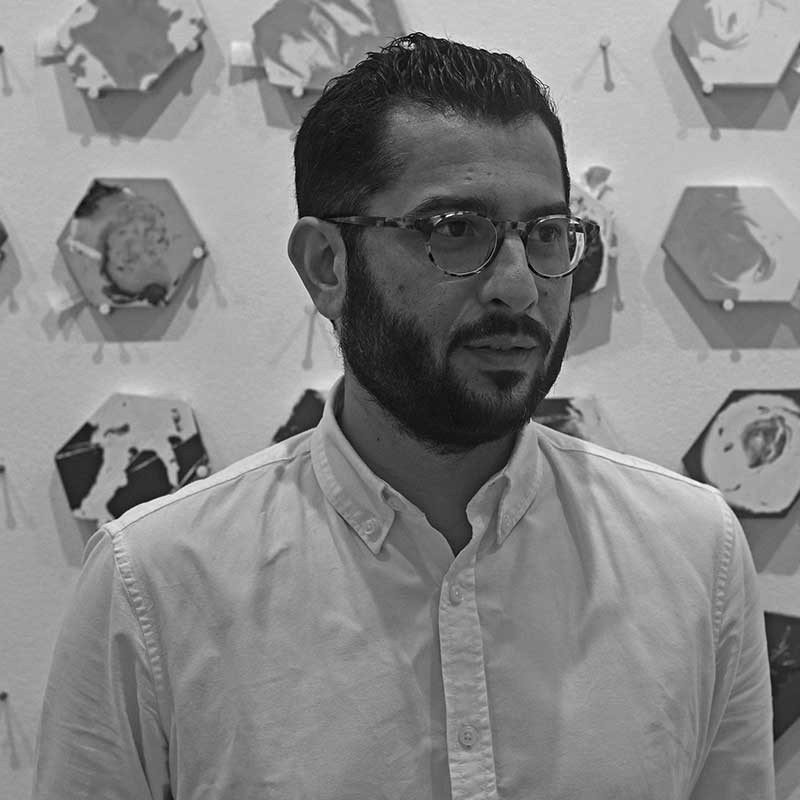
Mortimer Chatterjee received his Masters in the History of Indian Art and Architecture from the School of Oriental and African Studies, London. He moved to Mumbai in 2001 while working for British auction house Bowring’s.
In 2003 he and his wife, Tara, began Chatterjee & Lal. Today based in Colaba’s art district of Mumbai, the gallery’s program is focused both on the work of emerging artists and historical material. In the last ten years the gallery has been witness to groundbreaking shows by artists such as Rashid Rana, Nikhil Chopra and Hetain Patel. They have even helped staged retrospectives such as Amrita Sher-Gil and Nasreen Mohamedi. In addition the gallery has been selected to show at major art fairs such as Art Basel and Frieze Art Fair, London.
Mortimer’s recent academic projects have included a co-authored publication on the art collection of the Tata Institute of Fundamental Research along with an exhibition of that collection at the National Gallery of Modern Art, Mumbai. Living in Mumbai, he regularly writes on art for publications such as Domus, Architectural Digest and GQ. He has also been the art consultant for the Taj Group of Hotels for more than 12 years.
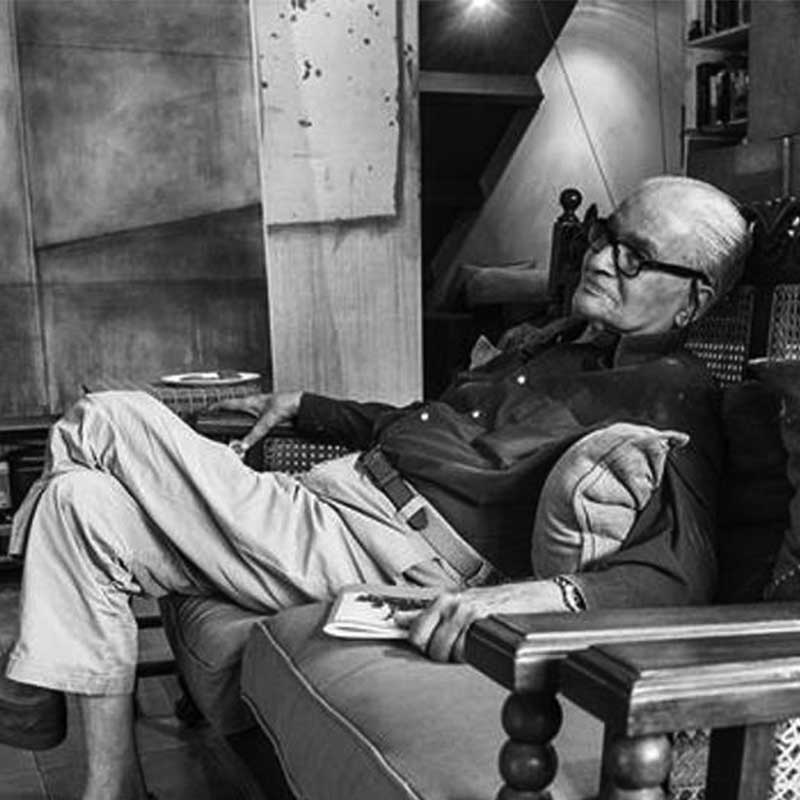
Mehlli Gobhai was one of the foremost abstractionist artists in India. After graduating from St. Xavier’s College, Mumbai, he studied at the Royal College of Art, London and then Pratt Graphic Centre and the Art Students League, New York. He lived and worked in New York for over 20 years, returning to Mumbai in the late 1980’s.
For Gobhai, the act of painting in series goes beyond repitition, and assumes the aspect of renewal. Gobhai’s paintings record the dialogue between the spare line and burnished field. Surface and structure are important in his works. The surface is always a base for the creation of a tactile sensuousness his paintings feel and look like either an aged scrap of leather, an old parchment, a metal sheet or the rind of a fruit. Structure on the other hand, is cut down, or refined to the point of virtual non-existence. Straight and stark lines cut across the painting, depicting the most essential, and according to Gobhai, the only necessary part of the human body – its axis. They define and organize his paintings for him.
He has held many solo and group shows in India and abroad. Some of his solo exhibitions include those held at Gallery Chemould, Mumbai, Bombay Art Gallery, Mumbai, Gallery 7, Mumbai and New India House, New York. In 2018, the artist passed away in Mumbai.
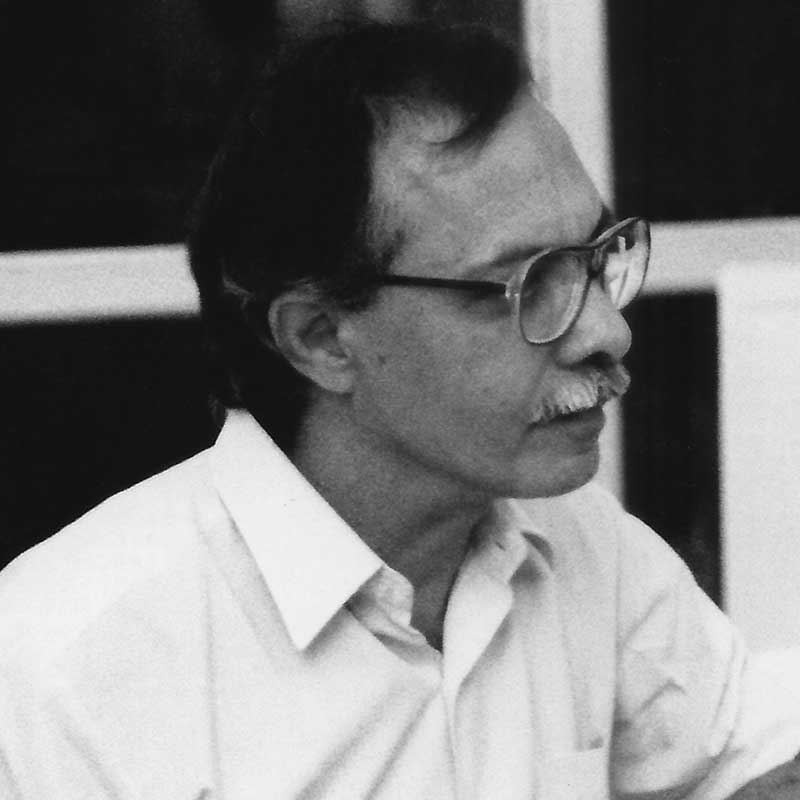
Gieve Patel was born in Mumbai in 1940. He is a man of many shades – a practicing general physician, a self-taught artist, a poet and a playwright – all at the same time.
He held his first show in Mumbai in 1966 that went on to have several major exhibitions in India and abroad including those at Bose Pacia, New York; Gallery Threshold, New Delhi; Gallery Chemould, Mumbai; Peabody Essex Museum, Salem, Massachusetts; The Guild Art Gallery, Mumbai; Jehangir Art Gallery, Mumbai.
His works are direct and unambiguous, achieving an objective precision. He addresses social realities, but avoids the reductivism of hardline political positions. Patel painted satirical portraits of politicians. Since 1991 Patel has consistently explored the central image of the water well. He often refers to it as the navel of the earth and it is his place for contemplation.
In his later works, Patel’s finely tuned painterliness is seen as the surfaces of his works are mottled with a carefully modulated series of textures. Old age is surely the main subject tackled by these works, but the series of paintings also offer us an opportunity to contemplate mastery.
His poetry works include ‘Poems’ followed by ‘How Do You Withstand’, ‘Body and Mirrored Mirroring.’ His plays include ‘Princes’, ‘Savaksa’ and ‘Mr Behram’. He has been conducting a poetry workshop in Rishi Valley School for over more than a decade. He also edited a collection of poetry, which was published in 2006.
Patel lives and works in Mumbai.
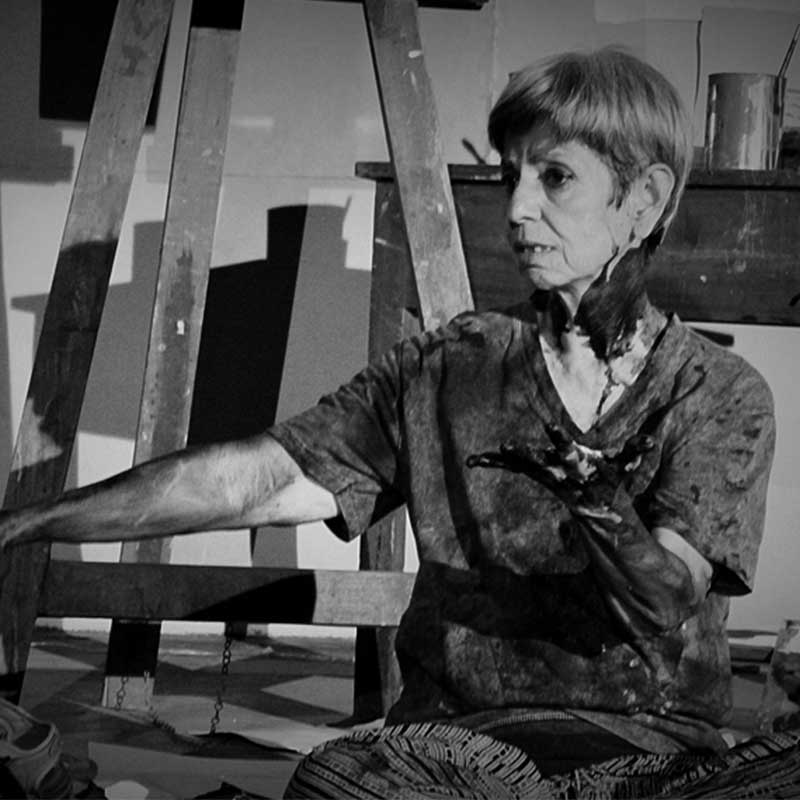
Bharati Kapadia was born in Mumbai in 1946 and studied at the Sir J.J. School of Applied Arts, Mumbai. Her oeuvre is the result of a consistent search to arrive at an idiom capable of containing the sap of her experiences, which constitute the backbone of her existential and emotional strength. Through her art, she primarily seeks to invoke the emotional depths of the viewers, which would allow them to receive and respond to the play of multiple resonances, mediums, materials and techniques in her work.
Her work has been exhibited widely in India and abroad. Her last solo show ‘Staging the Sets’ was shown in Mumbai, Vienna and Munich in 2008. She was invited by Transcultural Exchange, Boston to participate in their international art initiatives, ‘The Coaster Project’(2002) and ‘The Tile Project’(2004), and was awarded the Apex Art International Residency, New York in 2001.
She has presented lectures at art institutions and museums in India and abroad. Her work is in several collections in India, Austria, Germany, Switzerland, UK and USA.
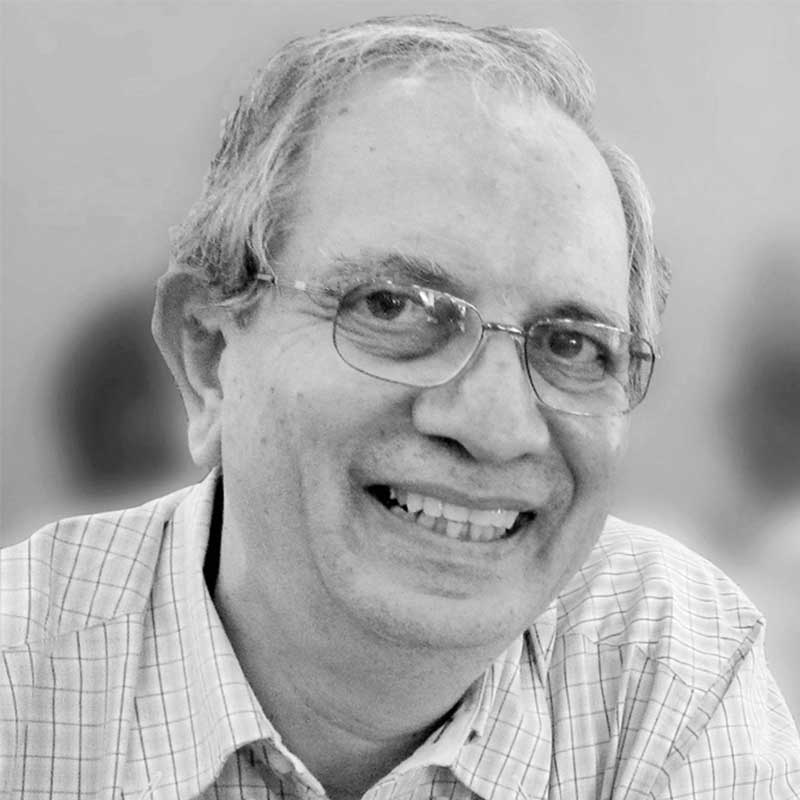
Sudhir Patwardhan was born in 1949 in Poona. He is a self taught artist and a practicing radiologist. He began painting seriously in the 70’s when he moved to Bombay. Patwardhan’s works centers around one poetically monumental panorama of an urban and natural environment The human figure remains the center of his painterly universe. His early paintings of construction workers, rickshaw drivers and railway porters possess an expressive urgency.
Patwardhan uses scale to maintain an emotional distance from his subject. Recording landscapes in transition has been a lasting interest for him. He often paints the suburbs, shanty towns and satellite townships where his subjects work and live.
Patwardhan’s canvases are densely populated reflecting the hub of city life often with emphasis on the ordinary, working man. His human forms are imbued with a sense of innate dignity as they go about performing their chores in busy city streets or in suburban construction sites.
Apart from several solo shows Patwardhan has participated in international exhibitions like ‘Aspects of Modern Indian Art’ Oxford, UK 1982; Contemporary Indian Art, Festival of India, London, 1982; Seven Indian Artists, Hamburg, West Germany, 1982; Contemporary Indian Art Festival of India, New York, 1985; Festival of India, Center George Pompidou, Paris 1986 and ‘Coupe de Coeur’ Geneva, 1987.
In 2004, a monograph on his work, ‘The Complicit Observer’ was written by Ranjit Hoskote. In 2007, Hoskote also wrote ‘The Crafting of Reality- Sudhir Patwardhan: Drawings’, which was translated into Marathi and a monograph in Marathi was published in 2012. Anjali Monteiro and K. P. Jaysankar have made a film on Sudhir. In 2012, the Mumbai theater group Awishkar staged a play ‘Chitragoshti’ based on Patwardhan’s paintings.
Patwardhan curated an exhibition of Indian Contemporary Art ‘Expanding Horizons’ which travelled around Maharashtra. He also curated a show at Guild Art Gallery, Mumbai and Sudarshan Art Gallery, Pune. He lives and works in Thane, Mumbai.
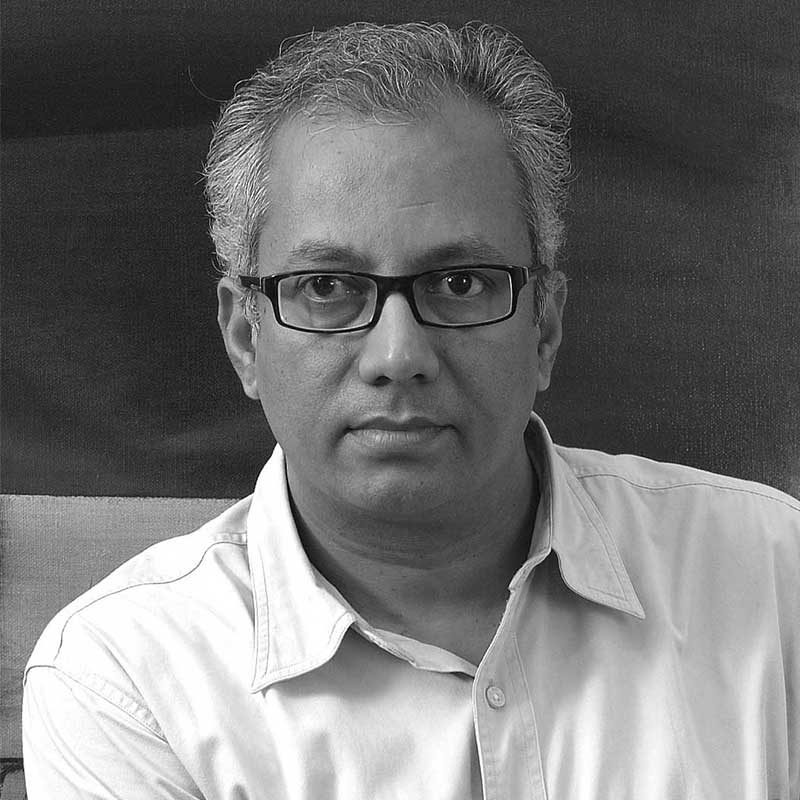
Atul Dodiya is acknowledged as a leader of the younger generation of artists. He was born in 1959 in Mumbai. His personal style uses versatile mediums often referencing various stages in art history, popular visual culture, advertising billboards, nationalist symbols and cinema to create multiple layers of metaphors. He is an alum of the J.J. School of Art since 1982 and École des Beaux-Arts, Paris since 1992.
Atul Dodiya has had approximately 28 solo shows to his credit across the globe including a mid-career retrospective at Japan Foundation Asia Centre, Tokyo in 2001, Reina Sofia Museum, Madrid in 2002 and at the Contemporary Arts Centre, Cincinnati, US in 2013.
Popular works of the artist include a self-portrait created in the mid 90’s where he’s represented himself as James Bond; his dark glasses reflecting images of two of his inspirational artists, Bhupen Khakhar and David Hockney. In 1999 Dodiya dedicated an entire exhibition to Mahatma Gandhi titled “An Artist of Non-Violence” interpreting Gandhi’s life to the conceptual art movement.
He began using versatile mediums in 2000 when he started painting on roller shutters.They signified the binaries of the inside world with the outside world and proved to be interactive as the viewer had to roll them up and down. He went back to watercolours with the very expressive ‘Tearscape’ series done in 2001. In 2003, Dodiya created ‘Museum Closets’ with various paraphernalia representing the political and emotional texture of India thus creating in a sense a museum of contemporary history.
Atul Dodiya has received several awards and fellowships in the span of his career, the latest being awarded the GQ Man of the Year award in 2009. He was awarded the gold medal from the Maharashtra Government in 1982 and a Fellowship at Sir J.J. School of Art in 1983. He also received a French Government Scholarship in 1991, the Sanskriti Award in 1995, the Sotheby’s Prize in 1999 and the Civitella Ranieri Foundation Fellowship, Italy in 1999.
Dodiya is represented in several private and public collections all around the world including the National Gallery of Modern Art, New Delhi and Mumbai, Philadelphia Museum of Art, Museum of Old and New Art (MONA), Tasmania, Australia, Queensland Art Gallery, Brisbane, Australia, Tate Modern, London and Pompidou Centre, Paris.
Atul Dodiya lives and works in Mumbai, India.